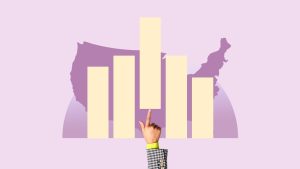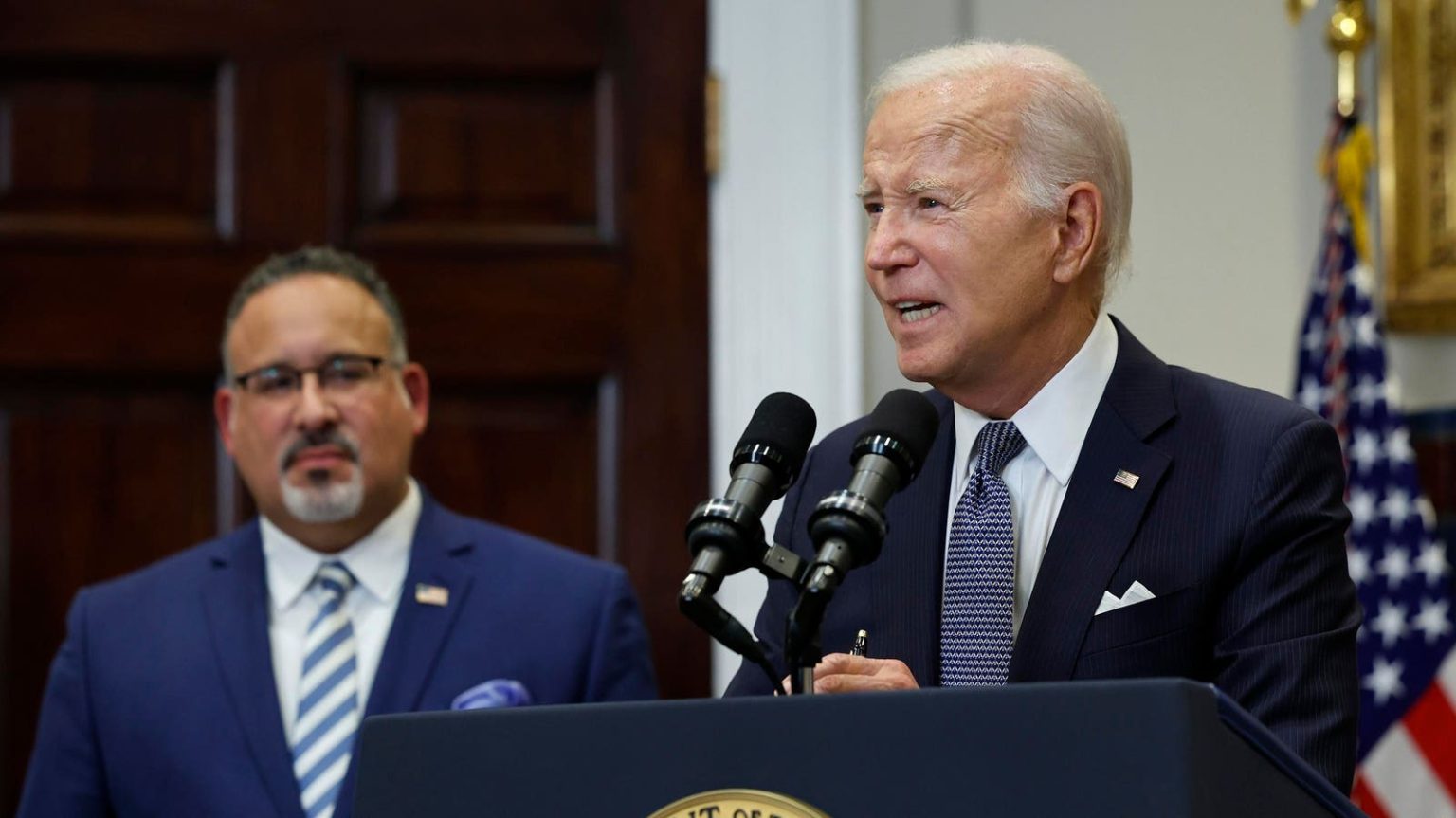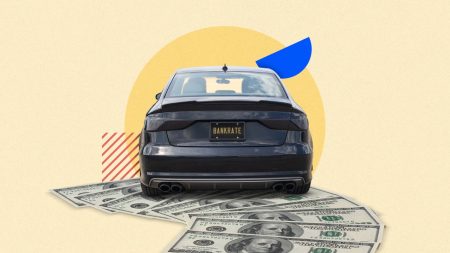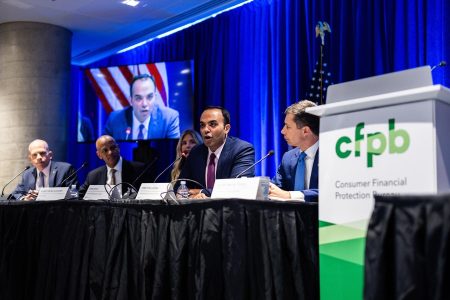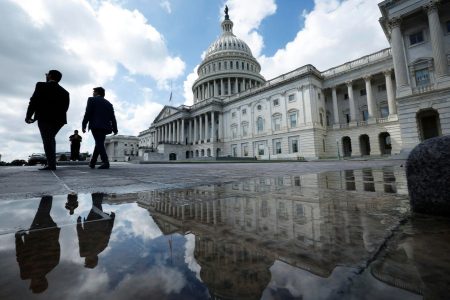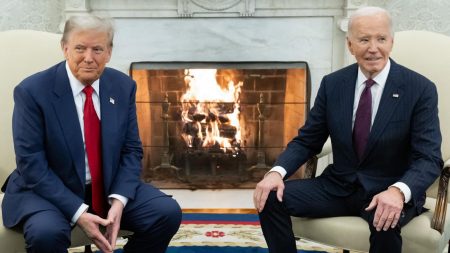Updated, July 18, 2024: This story was adjusted to include a comment from the U.S. Department of Education.
A federal appeals court on Thursday temporarily blocked a key Biden administration student loan forgiveness and repayment plan. The order could have significant ramifications for millions of borrowers.
President Joe Biden’s Saving on a Valuable Education plan is a new income-driven repayment program designed to provide affordable payments and multiple pathways to loan forgiveness. The Education Department unveiled the SAVE plan last year, and began implementing the program in phases. But several groups of Republican-led states filed two separate legal challenges this spring, arguing that the Biden administration exceeded the authority Congress provided.
Thursday’s appeals court ruling is just the latest in a rollercoaster of court orders related to the SAVE legal challenges. The whiplash of rulings has threatened to throw much of the federal student loan repayment system into chaos.
Lower Courts Had Blocked Some Student Loan Forgiveness And Repayment Features Of SAVE
Last month, two federal courts in Kansas and Missouri issued conflicting injunctions in response to separate legal challenges brought by two groups of Republican-led states challenging the SAVE plan. Biden administration officials argued that the rulings would thrust federal student loan repayment into turmoil.
The court in Kansas had granted a preliminary injunction blocking lower payments under SAVE that were scheduled to be implemented in July. Under SAVE, undergraduate borrowers would see a reduction in their payments by up to 50%. But the Kansas judge allowed other elements of SAVE to go into effect, including student loan forgiveness after 10 to 25 years in repayment, depending on the borrower’s degree program and amount borrowed.
In response to a separate legal challenge spearheaded by the state of Missouri, a federal judge in Missouri blocked student loan forgiveness under SAVE. But the court allowed the Education Department to continue implementing the rest of the SAVE plan, including the lower payments set to take effect this month.
The Biden administration vowed to quickly appeal both orders. Earlier this month, the 10th Circuit Court of Appeals granted the administration’s request for a stay — or pause — of the Kansas injunction, which allowed the Education Department to move forward with lower payments under SAVE. Three states — Alaska, Texas, and South Carolina — have appealed that ruling to the U.S. Supreme Court.
Missouri, meanwhile, appealed the partial injunction only blocking student loan forgiveness under SAVE to the 8th Circuit Court of Appeals.
Appeals Court Appears To Block All Loan Forgiveness And Lower Payments Under SAVE
On Thursday, the 8th Circuit issued a brief order apparently blocking the SAVE plan in its entirety.
“Appellants’ emergency motion for an administrative stay prohibiting the appellees from implementing or acting pursuant to the Final Rule until this Court rules on the appellants’ motion for an injunction pending appeal is granted,” said the Court’s one-line, unsigned order.
The order seems to go much further than the Missouri court’s original injunction, which only blocked student loan forgiveness under SAVE. The 8th Circuit’s order could be read to block the entire program, including lower payments, generous subsidies to prevent runaway interest accrual, and automated income recertification.
Notably, the 8th Circuit is the same court that blocked Biden’s first student debt cancellation plan. That plan would have provided $10,000 or more in student loan forgiveness for millions of borrowers. The Biden administration appealed that ruling to the Supreme Court, which ultimately struck down the initiative.
Advocates Warn Of Chaos In Student Loan System If SAVE Plan Is Blocked
The order immediately calls into question the future of the SAVE plan, and will impact the eight million borrowers who have enrolled in the program. The court’s directive will likely also impact borrowers with pending SAVE applications, as well as others who had planned to enroll.
“The unsigned, single-sentence order is extreme and will cause mass chaos,” warned Mike Pierce, executive director of the Student Borrower Protection Center in a brief statement on X on Thursday. The SBPC and the American Federation of Teachers had previously warned that even a narrower court order blocking only certain elements of the SAVE plan would cause mass confusion and huge disruptions for borrowers.
“These court orders prevent millions of people from accessing lower monthly payments and will block hundreds of thousands of borrowers from student debt relief in the weeks ahead,” the two groups warned in a June letter sent to Education Secretary Miguel Cardona. “The student loan system has proven that it cannot quickly adapt to changing circumstances without causing widespread harm to people with student debt.” The groups argued that Cardona should suspend student loan payments while the litigation process continues.
In separate written arguments to the Supreme Court yesterday in response to the Republican-led states’ appeal of the 10th Circuit’s order, the Biden administration warned that blocking or reversing any portion of the SAVE plan could cause “widespread harm” to borrowers.
“To revert to the pre-SAVE plan approach, the Department and its servicers would have to reprogram their systems, retrain their staff, and recalculate monthly payments,” wrote Biden administration officials. This could cause weeks or months of delays and problems for millions of borrowers.
Next Steps For Student Loan Forgiveness And Repayment Under SAVE
The immediate impacts of the 8th Circuit’s ruling are as yet undetermined, as the Education Department will have to evaluate how to implement it, particularly for borrowers with pending SAVE applications and the eight million borrowers already enrolled. But the department may have no choice but to pause student loan payments for millions of borrowers, as neither the department nor its servicers have the capacity to deal with such a rapidly changing legal environment.
“We are assessing the impacts of this ruling and will be in touch directly with borrowers with any impacts that affect them,” said an Education Department spokesperson via email on Thursday. “Our Administration will continue to aggressively defend the SAVE Plan – which has been helping over 8 million borrowers access lower monthly payments, including 4.5 million borrowers who have had a zero dollar payment each month. And, we won’t stop fighting against Republican elected officials’ efforts to raise costs on millions of their own constituents’ student loan payments.”
Importantly, the order is technically temporary, until the court rules on Missouri’s broader request for a preliminary injunction. But given the court’s sweeping action, the 8th Circuit could very well allow the preliminary injunction to go forward. If that happens, student loan forgiveness and lower payments under SAVE could remain blocked for the foreseeable future.
And with two different federal circuit courts issuing very different rulings on the same issue, it is highly likely that the Supreme Court will get involved. If it does, the nation’s highest court may ultimately again determine the fate of student loan forgiveness and other debt relief.
Read the full article here


